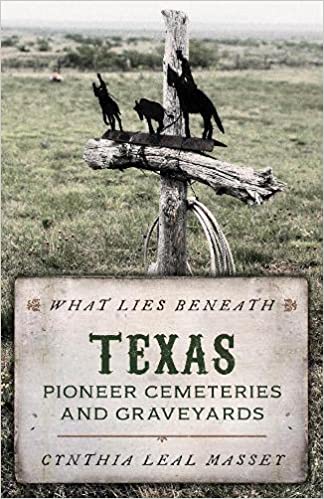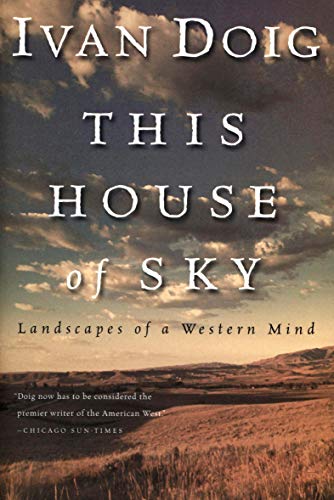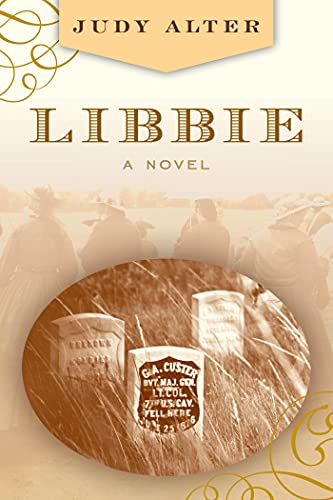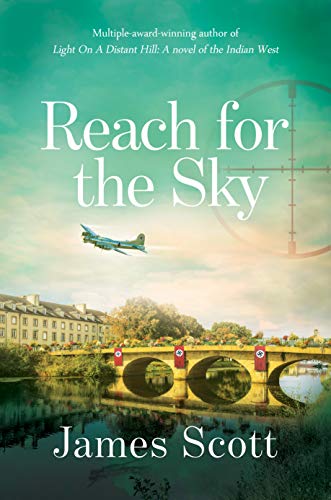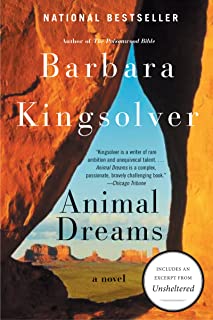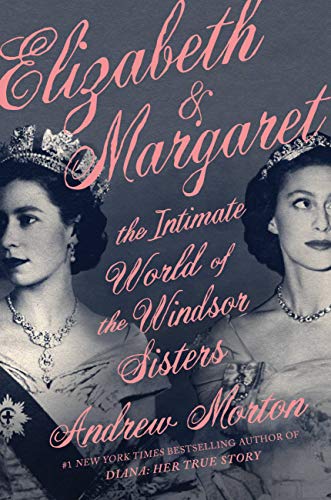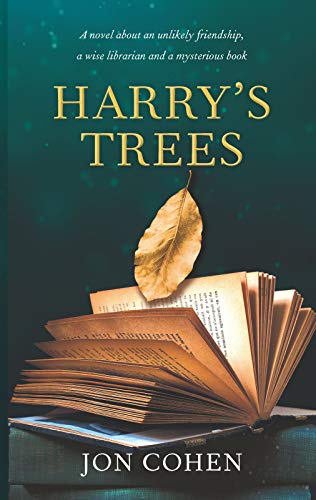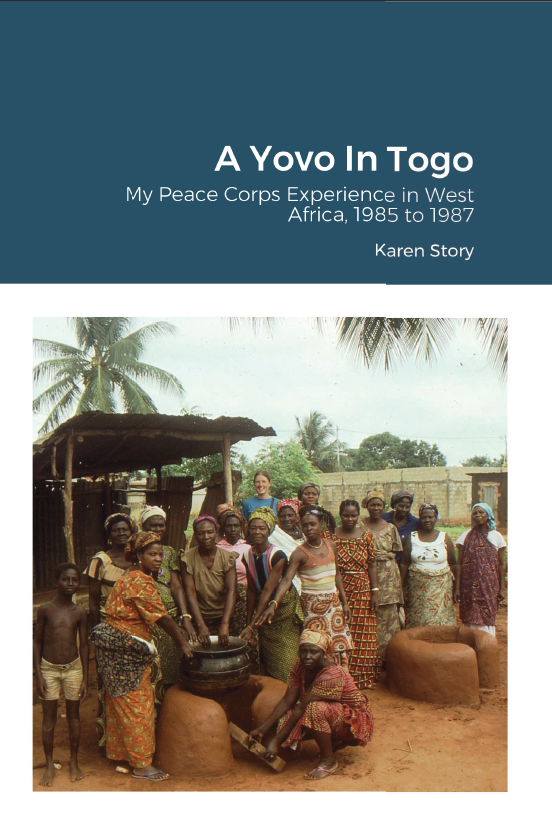
“Do all the good you can, in all the ways you can, for as long as you can.”
John Wesley
A Yovo in Togo: My Peace Corps Experience in West Africa 1985 to 1987 by Karen Story is a memoir rich in descriptions of Togolese and their country. The word in the title of the book, yovo, means foreigner, stranger, white person, or even rich traveler. During the two years the couple lived in Togo, they often heard themselves referred to as Yovo.
In 1985 Karen Story and her husband Brad, in their mid-twenties, left their Pacific Northwest home to an uncertain but hopeful future of bringing new skills to the people of Togo. Reaching their goals required extensive training, both in Colorado and in Togo. French is commonly spoken, and although Karen was fluent in French, Brad wasn’t and he had to achieve language proficiency. In the meantime, Karen was able to begin learning a local dialect. The training was extensive, both in language skills and cross-cultural awareness, and often seemed to drag on interminably.
After training, they were assigned their jobs and living location. Karen was trained to teach others how to build wood-conserving cookstoves; Brad’s was to teach building rain-catchment cisterns.
The author’s vivid descriptions of Togo and its people gave me a feeling of being alongside them in the beautiful but often hot, dusty, sometimes humid country. They found an endearing people, but also people in need, as in any developing country. They made many friends, but also endured being asked for money or other assistance not associated with their jobs. Men often had multiple wives and many children, sometimes resulting in inequities that were obvious to Story, but nevertheless were a part of a culture that she could do nothing about. Upon reflection, Story realized that Africa changed her more than she changed Africa.
My husband and I served with the Peace Corps in The Gambia (1979 – 1981) and I could appreciate many of Story’s good and not-so-good experiences. The author does an exceptional job of describing the people, the landscape, and the needs she and her husband worked to fulfill. I highly recommend this book to anyone interested in developing world culture, specifically Africa, and certainly for anyone considering joining the American Peace Corps.
A Yovo in Togo: My Peace Corps Experience in West Africa 1985 to 1987 is available through Lulu:
https://www.lulu.com/en/us/shop/karen-story/a-yovo-in-togo/paperback/product-5qdmym.html


